
This critical care specialist shares 13 lessons he learned the hard way while practicing emergency medicine.

This critical care specialist shares 13 lessons he learned the hard way while practicing emergency medicine.

At birth, the autonomic nervous system and the baroreceptor reflexes are immature, with the ANS maturing by day 10 and the baroreceptor system maturing by 4 weeks.

The principles surrounding the initial approach to the patient with abdominal trauma are similar to those in a patient that has sustained any form of trauma. Rapid assessment of the cardiovascular and respiratory systems should be performed, and the presence of shock should be identified.

Dr. Scott Shaw thinks you'll do more good than harm if you don't shy away from this life-saving procedure, especially if it's needed before transporting a patient to a referral center.

At birth, the autonomic nervous system and the baroreceptor reflexes are immature, with the ANS maturing by day 10 and the baroreceptor system maturing by 4 weeks. Due to this immature state, it is difficult for the neonate to respond to changes in blood pressure.
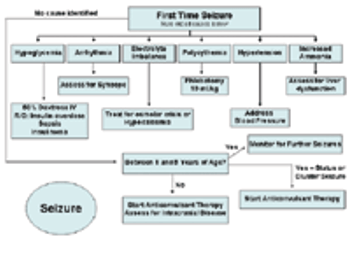
Neurological emergencies are common in small animal practice. As with other body systems, infections, neoplasms, trauma, inflammatory processes, congenital and hereditary diseases all affect the central and peripheral nervous systems causing a range of mild to severe conditions.

The principles surrounding the initial approach to the patient with abdominal trauma are similar to those in a patient that has sustained any form of trauma. Rapid assessment of the cardiovascular and respiratory systems should be performed, and the presence of shock should be identified.

Many of the reproductive abnormalities that present as emergencies are straight-forward and relatively easy to resolve. Treatment of these diseases, however, requires knowledge of the underlying pathophysiology as well as the options available for dealing with such emergencies.

Cats with respiratory distress represent a significant diagnostic and therapeutic challenge to the small animal veterinarian. The most common causes of feline respiratory distress are pulmonary edema, pleural effusion, asthma, and neoplasia. Available methods to try to elucidate the etiology of an individual cat's respiratory distress include evaluation of historical and physical examination findings, thoracic radiography, cytology and ultrasonography or echocardiography.

In its earliest forms, cardiopulmonary resuscitation (CPR) is most likely as old as human society itself. Depictions of mouth-to-mouth ventilation appear in ancient Egyptian hieroglyphics, and descriptions appear in the bible. Modern CPR techniques emerged in the late 1950's and early 1960's.
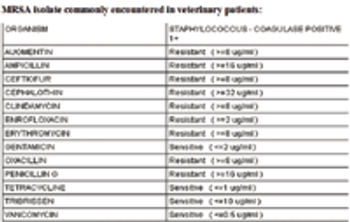
Beginning with Alexander Fleming's discovery of penicillin there has been an ever escalating arms race between microbes and the doctors that treat life-threatening infection. Fleming's discovery saved countless lives; however, it did not take long for bacteria to respond by developing mechanisms for resistance.

Many of the reproductive abnormalities that present as emergencies are straight- forward and relatively easy to resolve. Treatment of these diseases, however, requires knowledge of the underlying pathophysiology as well as the options available for dealing with such emergencies.

Blood gas analysis provides information about respiratory function and acid/base status. This information is vital in determining and monitoring treatment of patients with primary or secondary respiratory disease and/or metabolic disturbances. Blood gas (BG) can be assessed on arterial (ABG) or venous (VBG) samples, although oxygenation assessment is made on arterial blood only.
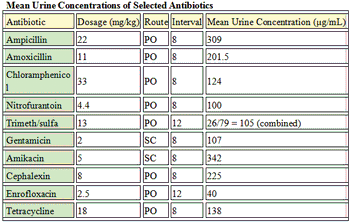
Antimicrobials are amongst the most commonly prescribed medications by veterinarians. Understanding how to properly employ these powerful drugs is the key to a successful outcome.

The transfusion of blood products to treat acute blood losses, coagulopathies, and severe anemia has become indispensable in the care of critically ill veterinary patients. As with any therapy, the risks, cost and potential benefits associated with the use of blood products must be carefully considered and every effort should be made to minimize the occurrence of adverse effects.

Unlike many veterinarians, I breed dogs, so I have experience in breeding and whelping puppies.

The transfusion of blood products to treat acute blood losses, coagulopathies, and severe anemia has become indispensable in the care of critically ill veterinary patients.

Cats with respiratory distress represent a significant diagnostic and therapeutic challenge to the small animal veterinarian.
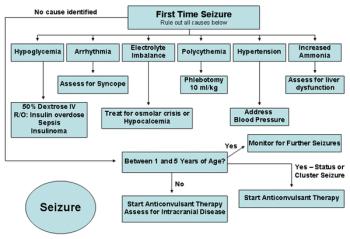
Neurological emergencies are common in small animal practice.

Blood gas analysis provides information about respiratory function and acid/base status.

Successful management of the critically ill patient requires anticipation-not reaction.

In its earliest forms, cardiopulmonary resuscitation (CPR) is most likely as old as human society itself.
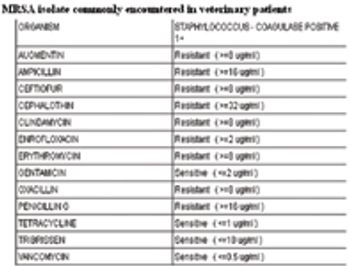
Beginning with Alexander Fleming's discovery of penicillin there has been an ever escalating arms race between microbes and the doctors that treat life-threatening infection.

Many of the reproductive abnormalities that present as emergencies are straightforward and relatively easy to resolve.
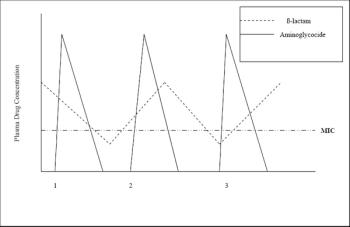
Patients in the ICU can require antimicrobial therapy for numerous reasons.

Published: August 1st 2009 | Updated:

Published: August 1st 2009 | Updated:
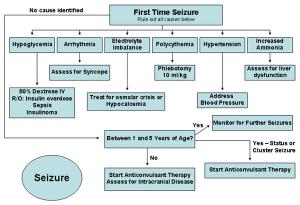
Published: August 1st 2009 | Updated:

Published: August 1st 2009 | Updated:

Published: August 1st 2009 | Updated:

Published: August 1st 2009 | Updated: